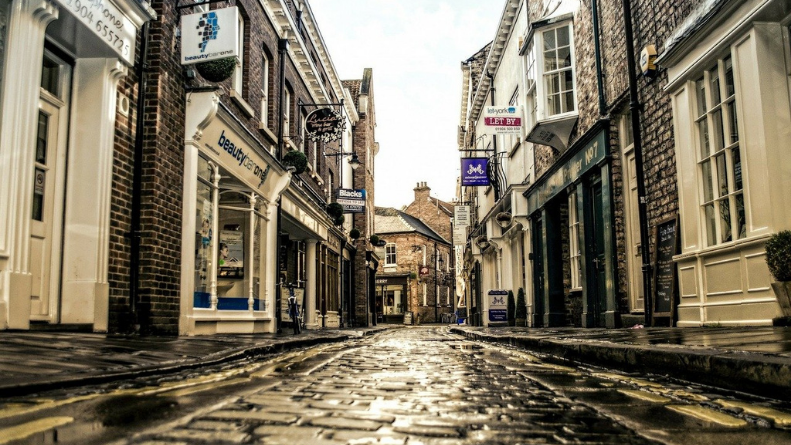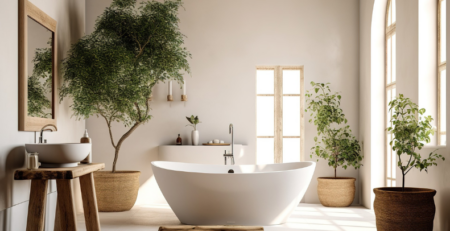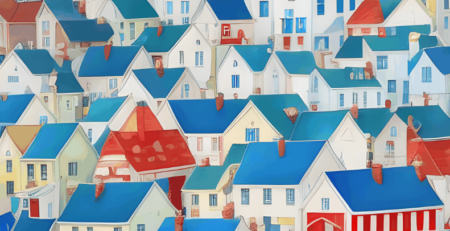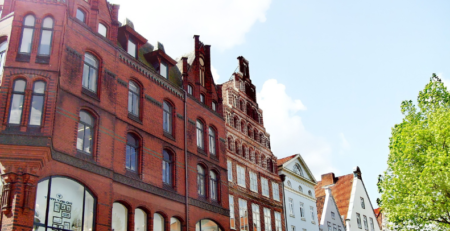Overseas Investors: The Different UK House Types
The UK property market entails a variety of different house types, and understanding which house type is the right investment for you is important for investors. This can often be challenging, especially for overseas investors. With new technologies like 3D printing, robotics, augmented reality (AR), and AI entering the sector, this variety will also expand into new “types”. 3D printing, for example, can produce new designs and shapes that defy conventional categorisation. There are about twenty-seven million residential properties in the UK, and they come in all shapes and sizes.
Listed below are the main types of houses we can find in the UK and a brief description of them. “When choosing the right property to buy, whether as a home to live in or a buy-to-let investment, being aware of the different types of houses available, and the differences between them, can help guide you in making the right choice,” said Jamie Johnson, CEO of FJP Investment.
- Terraced Houses (townhouse – US)
- Semi-detached houses
- Detached houses
- Flats (apartments)
- Cottages
- Bungalows
- Mansions
Terraced Houses
Terraced houses originated in the 16th century in Europe and are considered a type of “medium density housing,” consisting of attached houses with shared sidewalls. In the US, they are known as townhouses or row houses. This type of housing is the most prevalent in the UK. Sometimes known as medium-density housing, they are useful in high-density population areas where space is often in demand.
Because of the design of terraced houses, they have some limitations you need to be aware of. Firstly, they tend to be less spacious compared to other types of properties. Because they are built attached to one another, terraced houses mean it is harder to carry out renovation work or extensions. Furthermore, privacy and noise can be an issue due to the proximity. However, for some, this can be a plus when they have friendly relations with each other, something that can also be advantageous with increased security when neighbours watch out for each other.
As implied by the name, an end of terrace house is one that is located at the end of a row of houses. With neighbours only on one side, they are often a little more expensive – as much as 20% more – to buy, but come with a few more advantages, such as more space.
In terms of price, they are typically cheaper to buy compared to other types of houses. The average terraced house price in England in 2021 was £259,186.
Semi-detached houses
A semi-detached house – sometimes called a “semi” – shares a common wall with its neighbour. They typically come with front and rear gardens and have more space available compared to terraced houses, making it easier for extensions or renovation work. Although not as much as detached houses, they also come with more privacy as you only have one neighbour.
The number of semis being built in the UK has fallen over the years. Between 1945 and 1964, about 41% of all properties built were semi-detached houses. However, after 1980, that percentage dropped to 15%.
Semi-detached houses lean towards the upper end of the market and are more expensive than terraced houses. The average semi-detached house in England in 2021 was £226,369.
Detached houses
A detached house, also known as a single-detached house, does not share any common walls with its neighbors; it is completely separate. They are typically very spacious, with large front and rear gardens, and with a driveway and garage. Because they are detached, they enjoy a large degree of privacy.
Detached houses are suitable for large families because of the space and privacy they give. Noise is not usually an issue, so loud music and kids’ parties are no problem. These types of houses are larger and have more land attached to them, making them more suitable for rural and suburban areas, where population density is much lower. The general ease with which work can be done on detached houses, as well as the lack of the need for approval, is a huge advantage.
Sitting at the high end of the property market, the average detached house price in England in 2021 was £423,450, almost double that of semi-detached.
Flats
Flats are self-contained housing units that occupy part of a building, generally on a single story. The building usually contains multiple flats with communal areas, such as stairwells and elevators. In the US, the term “apartment” is usually used but is also often used in the UK by developers to signify expensive flats in exclusive residential areas.
Flats are ideal for urban areas where population density is the highest and space is at a premium. Flats are one of the cheapest types of property you can buy in the UK, ideal for buy-to-let property investors.
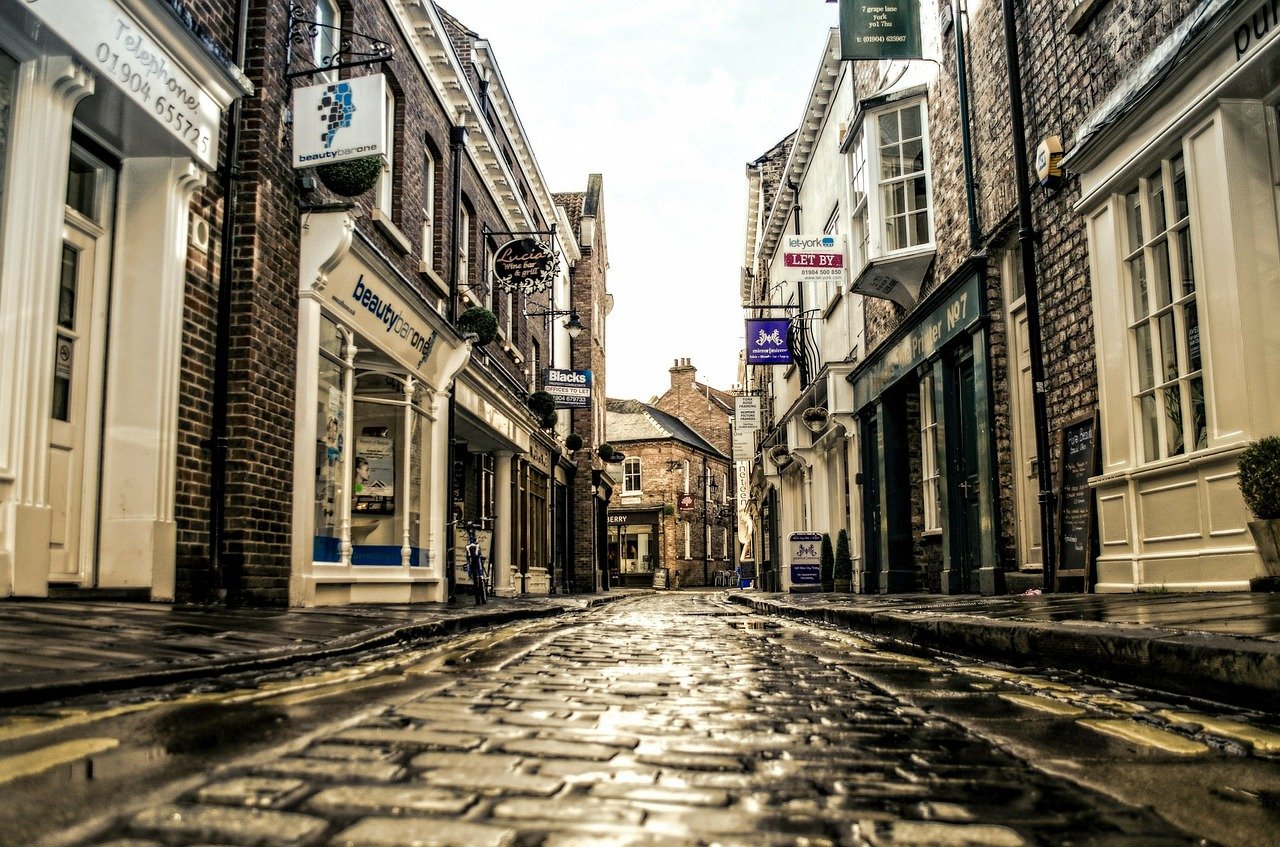
For some, flats are not an option due to the low privacy they afford occupants, with neighbours on every side, and above and below. On a positive note, however, security is generally good for flats, often with multiple security barriers for entry.
Flats have less space available than other types of properties, so they are best suited to single people or smaller families. However, large, and spacious flats can be purchased at a premium. Usually with no external space, they can come with a balcony and communal gardens. The average price for flats in England for 2021 is £235,439.
A maisonette, typically split over two floors, is a type of flat with its own private entrance. Sometimes flats will be viewed as maisonettes because they are over two floors, but they should each have their own entrance. This type of flat is more accurately described as a duplex or split-level flat.
Studio flats are another type of property type. These types of flats combine a kitchen, a bedroom, and living space into one large open room. These types of flats are ideally suited for single people or couples with no children.
Cottages
Cottages often drum up images of picturesque and idyllic sceneries in the countryside. Cottage houses are used to describe a house which is typically small and of traditional build, although it can also refer to a modern build that resembles a traditional house -a “mock cottage.”
Cottages can come as detached or in terraced designs, like those that were traditionally built to house workers in mining villages. They are normally built with thick, strong walls to help keep them warm in the winter months.
Holiday cottages refer to a specialised type of residential let property, coming with several tax benefits to owners. In recent years, Farm Stays cottages have grown in popularity, driven largely by farmers and parents seeking the refuse of the countryside and wanting their children to experience rural life.
Privacy and land availability are normally high with cottages, making them attractive to some buyers and renters, especially with holiday lets in rural areas like Cornwall and the Lake District. However, because they are usually smaller than other types of properties, the rooms are smaller and often with less natural light coming in due to the smaller windows.
Cottages sit firmly at the high end of the property market, with many fewer available for sale. The average price in England for 2021 is a hefty £919,250.
Bungalows
Popular with elderly and disabled people, bungalows are houses or cottages that only have one floor or level to them and are typically detached from other properties. They tend to be smaller in terms of square footage but with large front and back gardens, although you can sometimes find very large ones on the market.
A bungalow that has converted the loft into additional rooms is called a chalet bungalow, or dormer bungalow. With the additional living space created, the asking price and attractiveness of the property will be higher.
In recent years, bungalow building has become much less common as developers prefer to build houses that are taller and have more space on the same amount of land. As a result, even though they contain less footage in space, they are typically expensive due to it becoming harder to get hold of one. The average price for a bungalow in England for 2021 is £959,000.
Mansions
Mansions are the largest type of dwelling house you will find in the UK and are usually very expensive. The word “mansion” has it etymological roots in the Latin mansio “dwelling”. Some of the oldest inhabited mansions in the world today have their origin in being fortified houses from the Middle Ages. You can also find many modern mansions built with more modern designs.
Mansions will typically contain many rooms, some very large, that can also accommodate guests and house keepers. Mansions also invariably come with a lot of surrounding land, and sometimes are accompanied by features like pools, tennis courts, statues, security gates, and fountains.
The upkeep and utility bills for mansions are high. The average price for mansions sold in England in 2021 is nearly 12 million pounds.
Benefits include a lot of space and privacy for residents.
Summary
The UK has a wide variety of types of houses to suit every taste, family size, and circumstances. With new technologies and building methods entering the construction industry, the design and layout of houses is set to exponentially grow in innovation.
A major issue facing the UK housing market today – known as the housing crisis – relates to a chronic shortage of houses and the rising cost of housing, both of which are inextricably linked. Solving the housing crisis is a complex issue that involves a whole host of interrelated and dynamic parts, such as a lack of housing being built, red tape, jobs, pay, and insufficient political will.
ARE YOU READY TO START INVESTING?
Subscribe to our mailing list now for exclusive deals, investment guides and the latest information from the property market.

